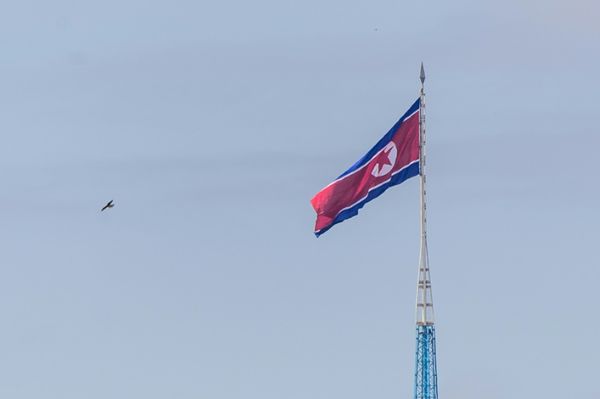The Rural Fire Service has raised concerns about volunteer fatigue as south-west Queensland heads into an "unprecedented" prolonged fire season this autumn.
South West Rural Fire Service superintendent Wayne Waltisbuhl said he could not remember the last time a fire season continued through to March.
"It's usually finished by late January, early February. It's just very dry conditions," he said.
Mr Waltisbuhl expects the season could continue for the next six weeks, with the Bureau of Meteorology predicting higher than median average temperatures for the March to May period.
"We'll have some really peak days with high fire danger weather and some lulls," he said.
"So it will be a mixture as we go through, which basically means that we've got to maintain a pretty high level of preparedness and readiness to meet anything that comes our way."
Volunteer firefighters have worked to contain and extinguish several fires burning through tens of thousands of hectares in the Western Downs region of Queensland for the past six weeks, where 21 structures were destroyed.
"We had some serious rain the latter part of 2022 that provided prolific grass growth almost right across our region," Mr Waltisbuhl said.
"Now that grass has cured off, it's quite available for fire and I think the soil moisture is getting pretty low, and all that dead grass is available to fuel even after light sprinkles of rain."
Mr Waltisbuhl said landholders in areas of the South West region, which extends to the South Australia and New South Wales borders, will experience especially challenging conditions.
"We've seen our fires develop quite rapidly in a time that those people haven't been able to do anything to contain it," he said.
Warm temperatures ahead
The latest data from the Bureau of Meteorology shows March to May maximum temperatures have a 60 to 80 per cent chance of being warmer than median for most of Australia, excluding Far North Queensland and the New South Wales coast.
Bureau of Meteorology community information officer Patch Clapp said there was a high fire danger into the next week for the Central West, Coalfields, Wide Bay Burnett and the Darling Downs.
"Although we do see these high fire danger ratings, the ratings aren't of huge concern at this stage," he said.
"But we are seeing the heat begin to build, so particularly out to the west we're starting to see some of those quite high 30s."
There is not much rain expected to ease fire danger.
"Rainfall is very much confined to the north and parts of the coast, looking out across the week ahead," Mr Clapp said.
The bureau will publish a detailed climate outlook for autumn late next week.
Firefighter fatigue
Mr Waltisbuhl said the service was preparing to manage fatigue and resources in case more bushfires burnt in March.
"Over the last couple of months, well over 500 volunteers have deployed to our region from home locations and that's been across the state," he said.
"That will take its toll after a while. We'll start to find it difficult for people to continue to come away.
"Our local volunteers really have had a hard time since mid-December."
Mr Waltisbuhl said he was not sure how long the current situation could be sustained before the service had to look for help interstate.
"We're not at that level yet but we need to monitor that closely," he said.







